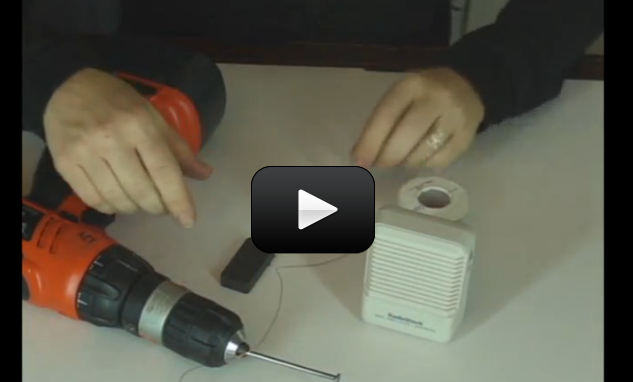Find a spare magnet – one you really don’t care about. Bring it up close to another magnet to find where the north and south poles are on the spare magnet. Did you find them? Mark the spots with a pen – put a N for north, and a S for south. Now break the spare magnet in half, separating the north from the south pole. (This might take a bit of muscle!) You should have one half be a north magnet, and the other a south. Or do you?
One of the big mysteries of the universe is why we can’t separate the north from the south end of a magnet. No matter how small you break that magnet down, you’ll still get one side that’s attracted to the north and the other that’s repelled. There’s just no way around this!
If you COULD separate the north from the south pole, you could point a magnet’s south pole toward your now-separated north pole, and it would always be repelled, no matter what orientation it rotated to. (Normally, as soon as the magnet is repelled, it twists around and lines up the opposite pole and snap! There go your fingers.) But if it were always repelled, you could chase it around the room or stick a pin through it so it would constantly move and rotate.
Well, what if we sneakily use electromagnetism? Note that you can use a metal screw, ball bearing, or other metal object that easily rotates. If your metal ball bearing is also magnetic, you can combine both the screw and the magnet together.
Famous scientist Michael Faraday built the first one of these while studying magnetic and electricity, and how they both fit together. What to see what he figured out?
Here’s what you do:
Please
login or
register to read the rest of this content.


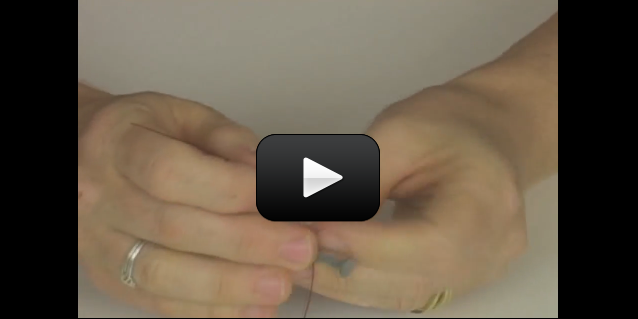
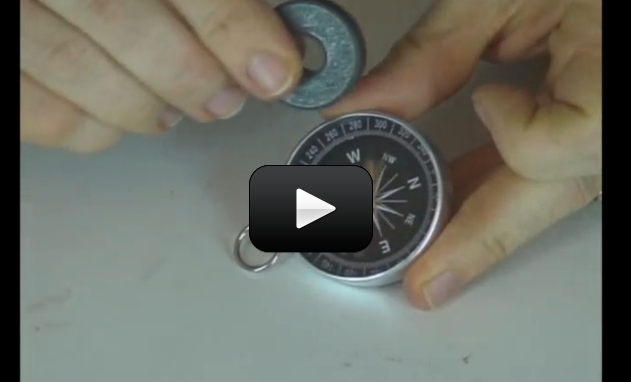
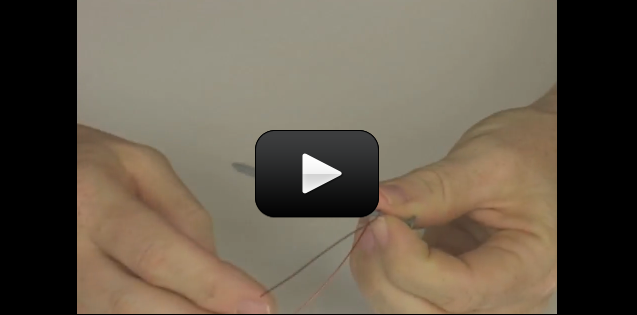
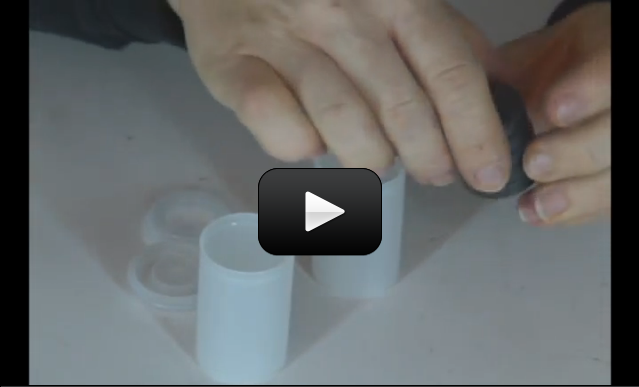
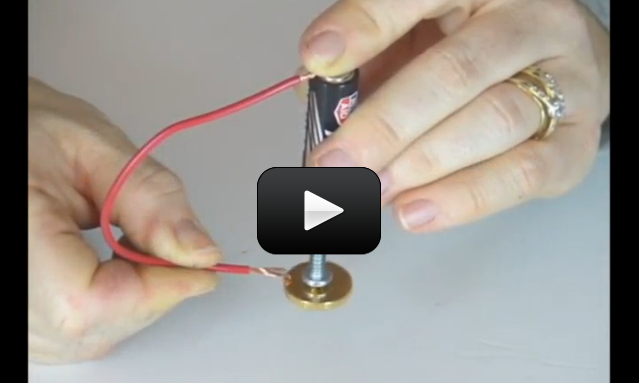
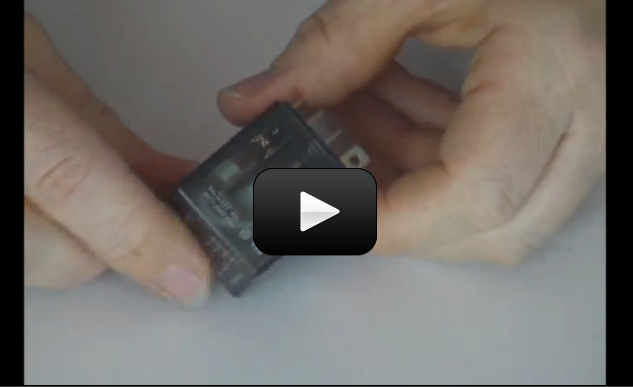
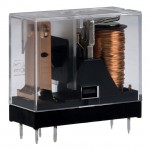 This experiment is for advanced students. If you’ve attempted the
This experiment is for advanced students. If you’ve attempted the 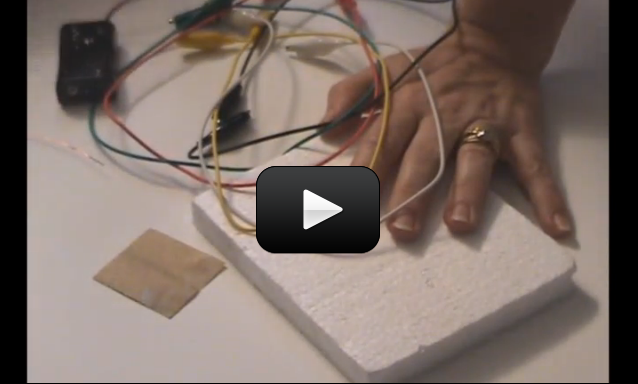
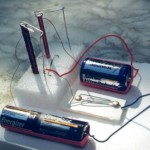 Relays are telegraphs, and they both are basically “electrical switches”. This means you can turn something on and off without touching it – you can use electricity to switch something else on or off!
Relays are telegraphs, and they both are basically “electrical switches”. This means you can turn something on and off without touching it – you can use electricity to switch something else on or off!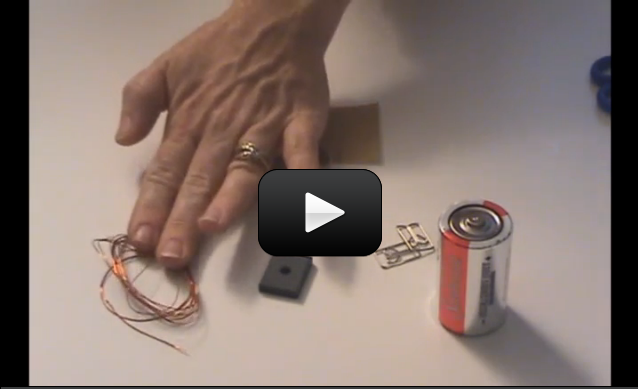
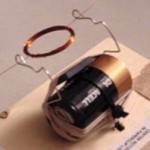 Imagine you have two magnets. Glue one magnet on an imaginary record player (or a ‘lazy susan’ turntable) and hold the other magnet in your hand. What happens when you bring your hand close to the turntable magnet and bring the north sides together?
Imagine you have two magnets. Glue one magnet on an imaginary record player (or a ‘lazy susan’ turntable) and hold the other magnet in your hand. What happens when you bring your hand close to the turntable magnet and bring the north sides together?